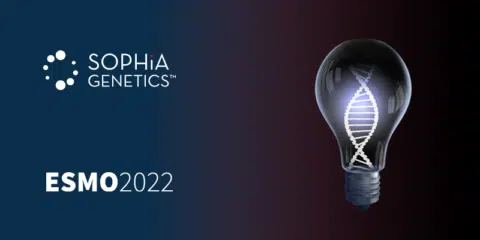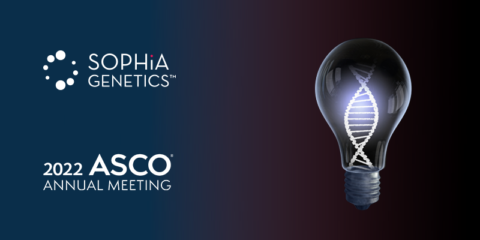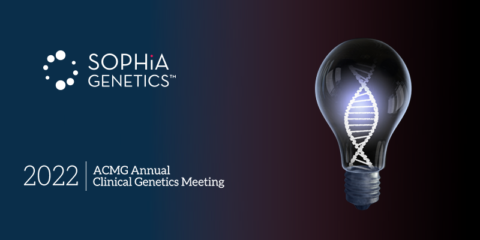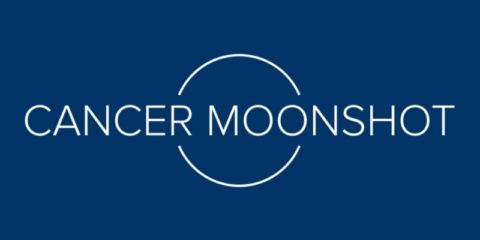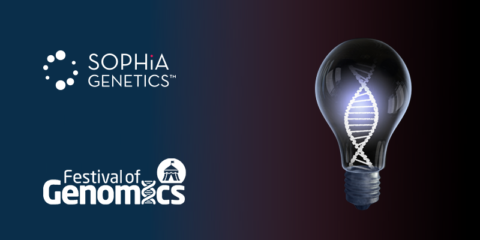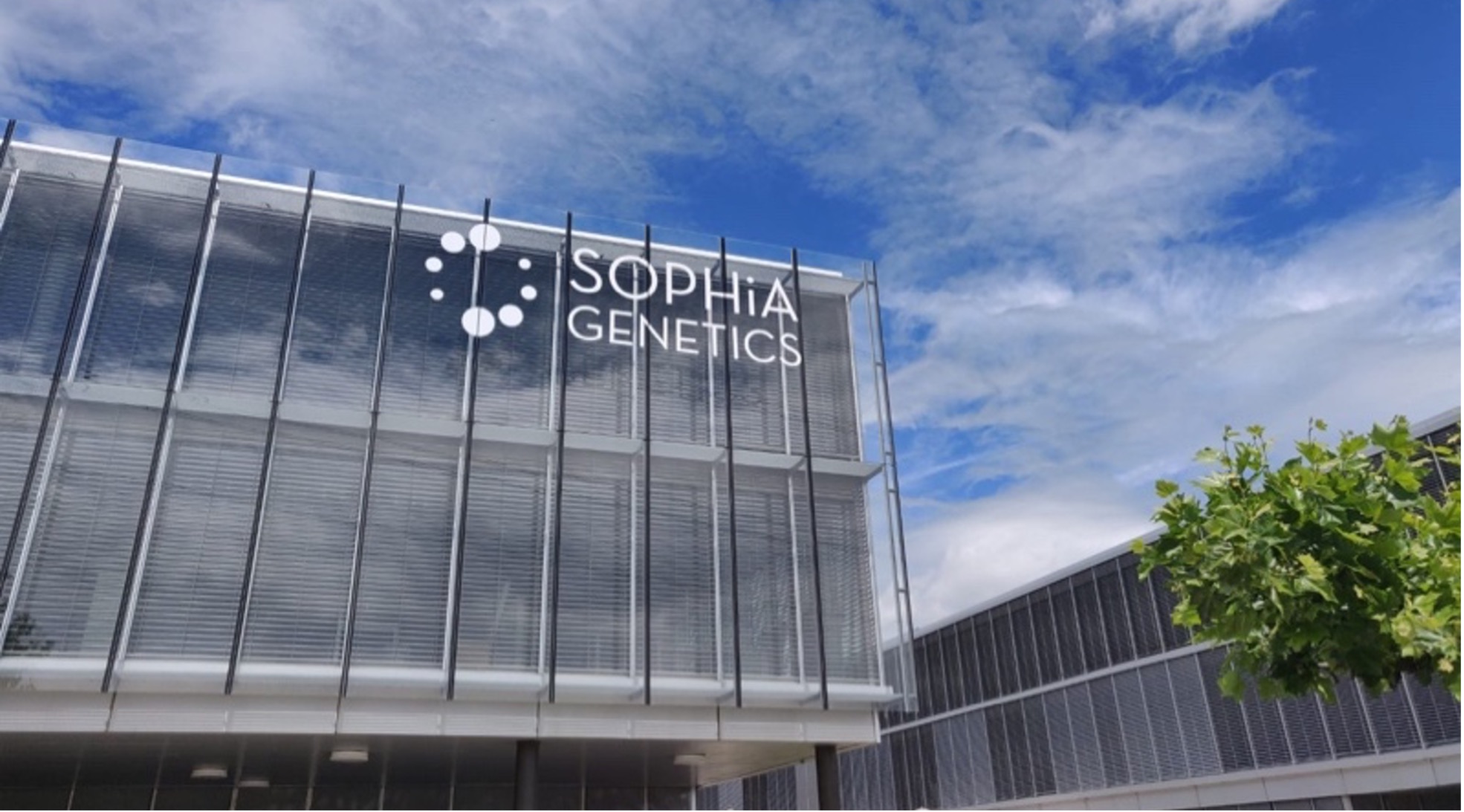This week is marking one year from the official launch of the SOPHiA DDM TM Homologous Recombination Deficiency (HRD) Solution, accelerating and empowering our customers’ clinical cancer research decisions with cost-effective, accurate and fast in-house results.
news
Food for thought from ESMO 2022: the journey towards personalized therapy
Last week we attended the European Society for Medical Oncology (ESMO) Congress 2022, gathering the world’s leading oncologists. Read our summary of three presentations illustrating cancer therapy development.
Food for thought from ASCO 2022: breaking boundaries in breast cancer research
Last week we attended the 2022 American Society of Clinical Oncology (ASCO) meeting, gathering the world’s leading researchers in oncology. Read our summary of four groundbreaking presentations on breast cancer research.
Food for thought from ACMG 2022: Unleashing the potential of exome sequencing
Read our summary of top-rated research in the field of exome sequencing at the American College
of Medical Genetics and Genomics (ACMG) Annual Clinical Genetics Meeting 2022.
News From February 2022
Newsletter updates for February 2022
US Cancer Moonshot Plan to Cut Cancer Death Rate in Half
The President acknowledged that the US still has much further to come in advancing data-driven initiatives and that many Americans sadly do not realize the struggle of seeking answers during the cancer diagnostic journey until it’s too late.
Food for thought from FoG 2022: The future of genomics for rare and inherited disorders
We attended the world’s largest genomics and biodata event last week, and it did not disappoint. Read our summary of three thought-provoking sessions on rare and inherited disorders at the Festival of Genomics & Biodata 2022.
News From January 2022
Newsletter updates for January 2022
What’s New November/December 2021
Newsletter updates for November/December 2021
Major milestones from SOPHiA GENETICS’ biggest year to date
2021 has been a big year for SOPHiA GENETICS. Here’s a recap of some of the major highlights…
What’s New October 2021
Newsletter updates for October 2021
Inside the grand opening of our new Swiss office and lab
On September 1st, we celebrated the grand opening of our new Swiss premises in Rolle, on the beautiful coast of Lake Geneva.

